Our country has a tropical monsoon climate. Our people have a long history of wet rice cultivation. The wet rice civilization has been formed and developed over more than four thousand years of history of building and defending the country. From the experience of many generations of farming, forest-going, seafaring, etc., many folk proverbs about the weather have been passed down and still retain their value today.
In the field of seafood fishing, the people of Binh Thuan in general and especially the fishermen in coastal areas in particular often pass on the folk saying: "March, the old lady goes to sea". Going to sea in March (lunar calendar) is the "best", "the best", you do not have to worry about seasickness because the sea is strangely calm and clear, and you can also leisurely watch the vast ocean and sky. The sea is so clear that sitting on the deck of the boat, you can see with your own eyes the coral reefs and marine life... Binh Thuan is one of the provinces with great strengths in developing the sea and island tourism industry, with Cu Lao Cau (Tuy Phong district), Hon Ba (La Gi town), especially domestic and foreign tourists mention Phu Quy island district, one of the most beautiful resorts in the East Sea. Therefore, around the third lunar month of the year, tourists flock to the resort islands.
So the saying: “March, the old lady goes to sea” is understood as: This is a month with favorable weather and light wind on the sea, few waves. To clarify this content, I present some knowledge from the geographical perspective for teachers to refer to as well as for Binh Thuan people to better understand why there is a folk proverb as above.
When talking about the phenomenon of light waves or strong waves at sea, it is related to each wind level. There is a relationship between wind level and wave level because the cause of sea waves is due to the impact of wind. The stronger the wind, the bigger the waves, or vice versa. In addition, waves are also due to the impact of other natural factors (earthquakes, volcanoes, storms, etc.). Thus, in the third lunar month, most days of the month have: Light winds, not dangerous (wind level 0 - 3), average wave height (0 - 0.6m).
In our country, there are two main types of wind: A Northern Hemisphere trade wind (also known as trade wind): Originating from the West Pacific tropical air mass (Tm), a high pressure area blowing into our country in a northeast direction: It is hot and dry, low humidity and operates all year round. However, in our country, the Northern Hemisphere trade wind is dominated by the monsoon, only getting stronger when the monsoon weakens and only operating alternately with the monsoon during the year. In winter, it creates different weather patterns in each region across the country, mainly dry. In summer, it will cause heavy rain across the country (strong activity period).
The two monsoons that operate seasonally in our country include the winter monsoon and the summer monsoon. These are two types of winds that operate alternately during the year. The winter monsoon (northeast monsoon) operates from November to April of the following year. During this season, the weather and climate of our country are clearly different (the north has cold, dry winter in the early winter, and wet drizzle in the late winter). The summer monsoon (southwest monsoon) is from May to October. The weather during this season is hot and humid, with heavy rain and thunderstorms occurring commonly throughout the country. In addition, there are local winds: North wind, Lao wind, South wind, etc.
March (lunar calendar) is around April of the solar calendar, the time when the northeast monsoon weakens, the southwest monsoon is not yet active, so it is completely affected by the trade winds of the Northern Hemisphere from the southwest edge of the high pressure zone of the Western Pacific Ocean blowing in the southeast direction. This wind often causes humid weather, high humidity, and wet weather without rain for the Northern Delta. Meanwhile, the coastal area of the South Central Coast has hot and sunny weather, little rain, only light wind, the sea is less rough and combined with the meeting of the trade winds blowing from the two hemispheres, it has created convection currents rising high (in the equatorial region), so the wind activity close to the ground is even weaker.
These days, the sea in Ninh Thuan and Binh Thuan has light winds and relatively calm waves, which is very favorable for tourists, especially sea and island tourism and offshore fishing. However, we should also note that in March, there are a few days when the sea is still volatile due to the current climate change situation that will affect the weather, and this proverb is only suitable for the South Central Coast. Meanwhile, in the Northern Delta and some North Central provinces, the weather is different, typically with the proverb "January is long cold, February is cold, March is cold, Miss Ban" (meaning that in the Northern region, the northeast monsoon is still somewhat affected at the end of winter, this is the last cold spell or generally a late cold spell, and the name Miss Ban is just a folk tale).
Source



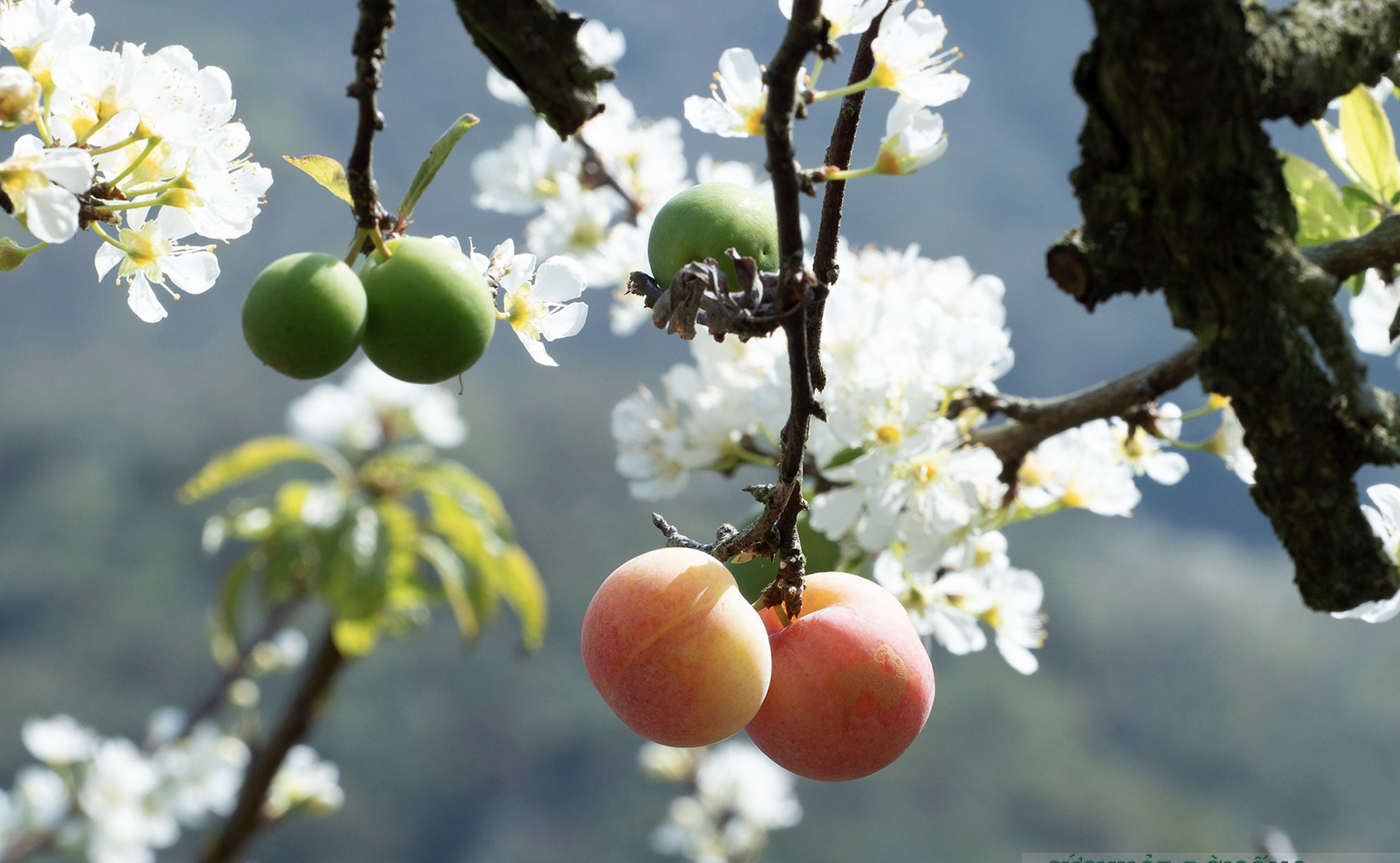
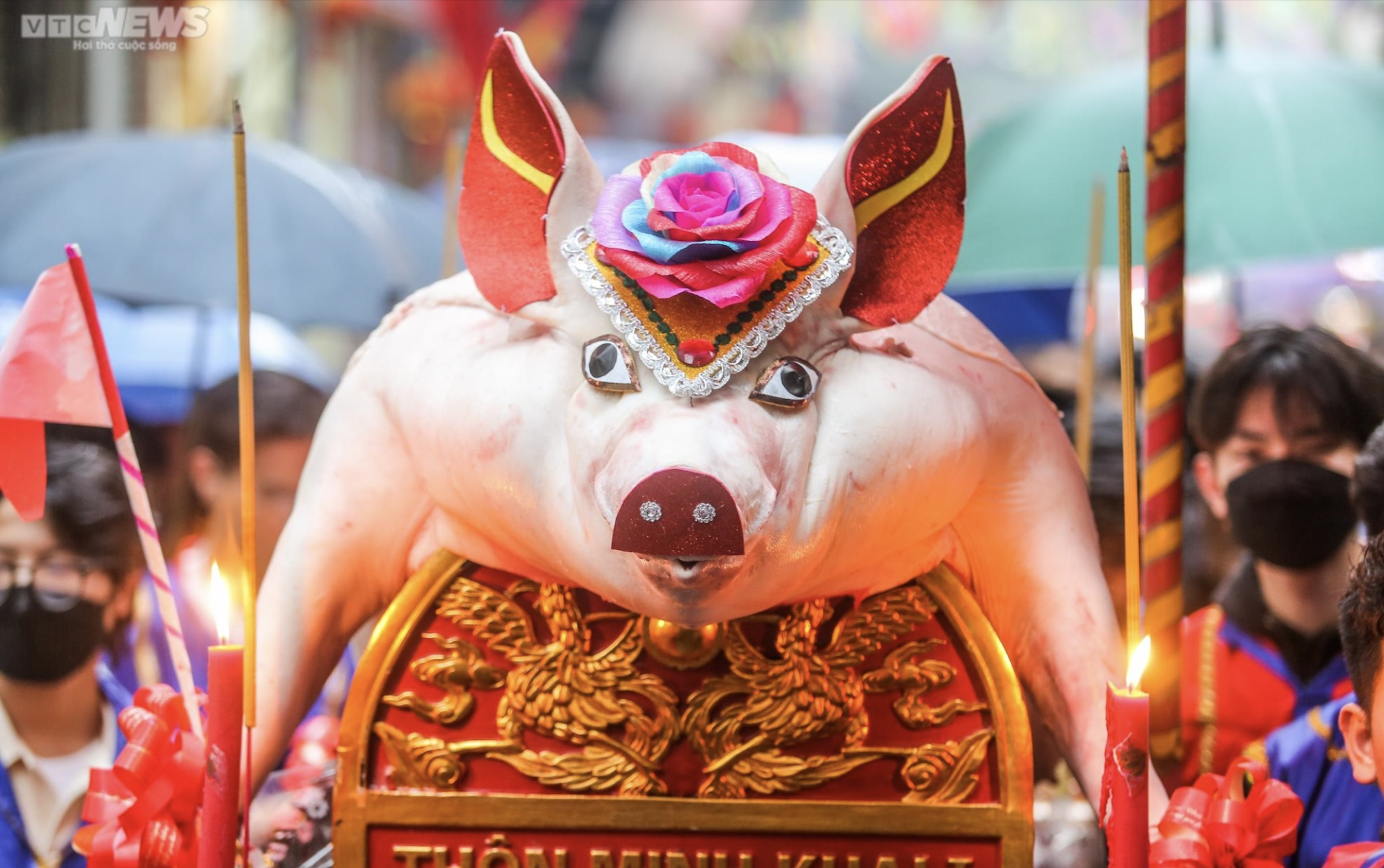
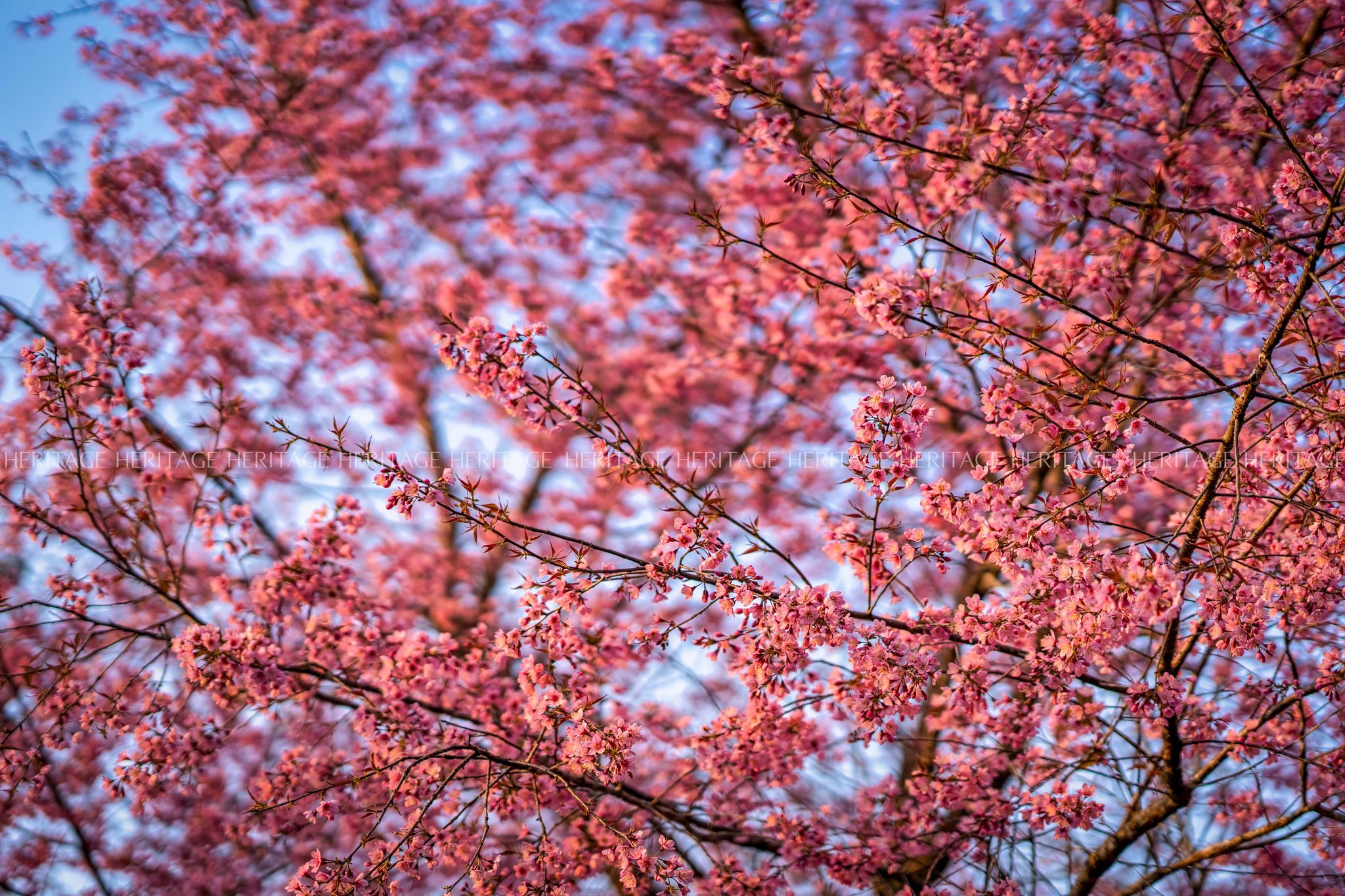
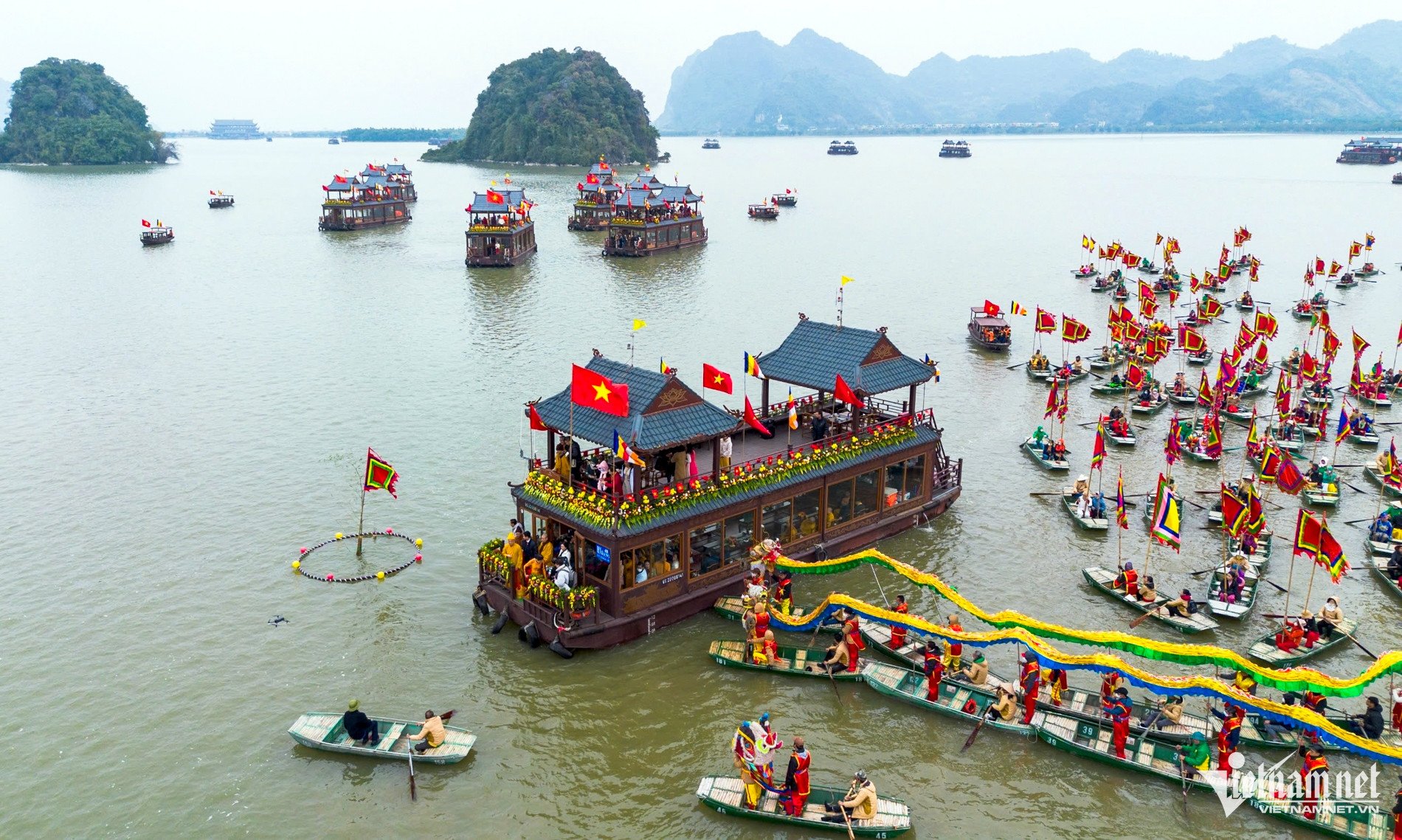

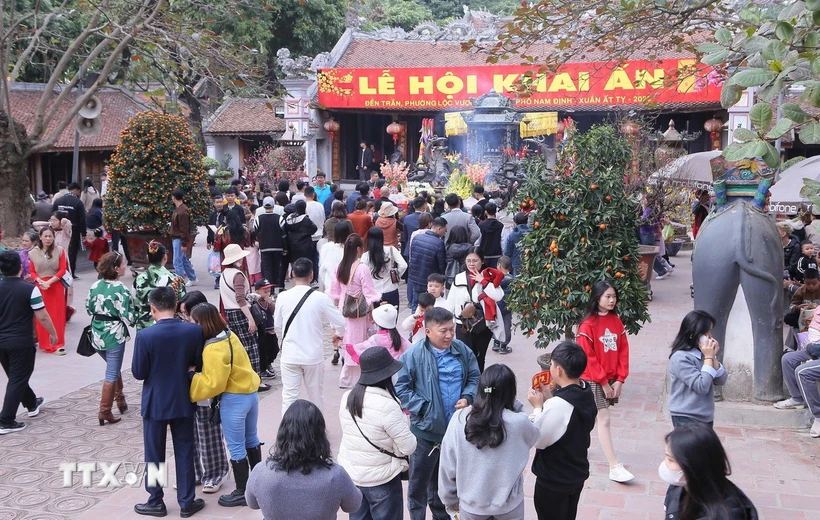
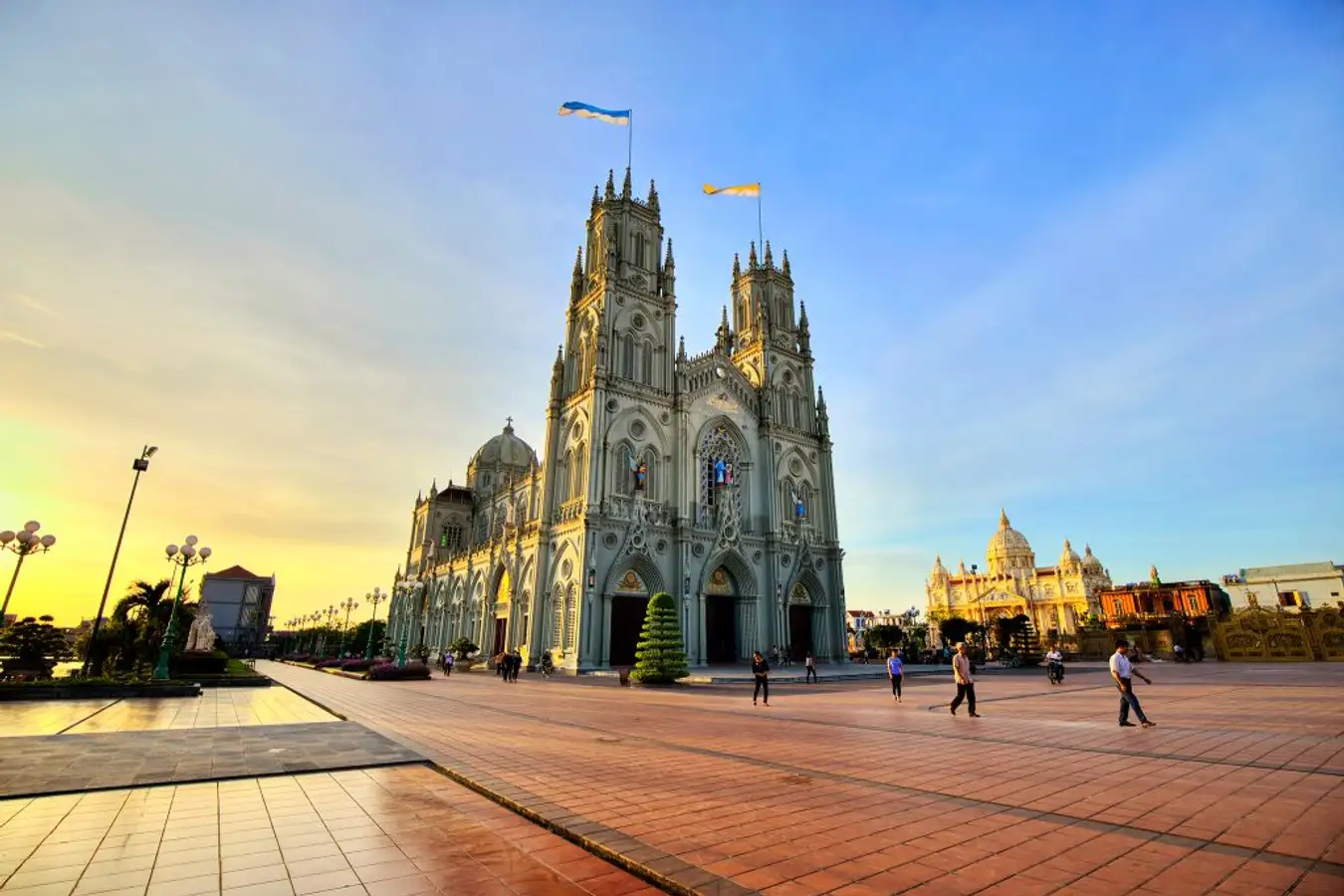





















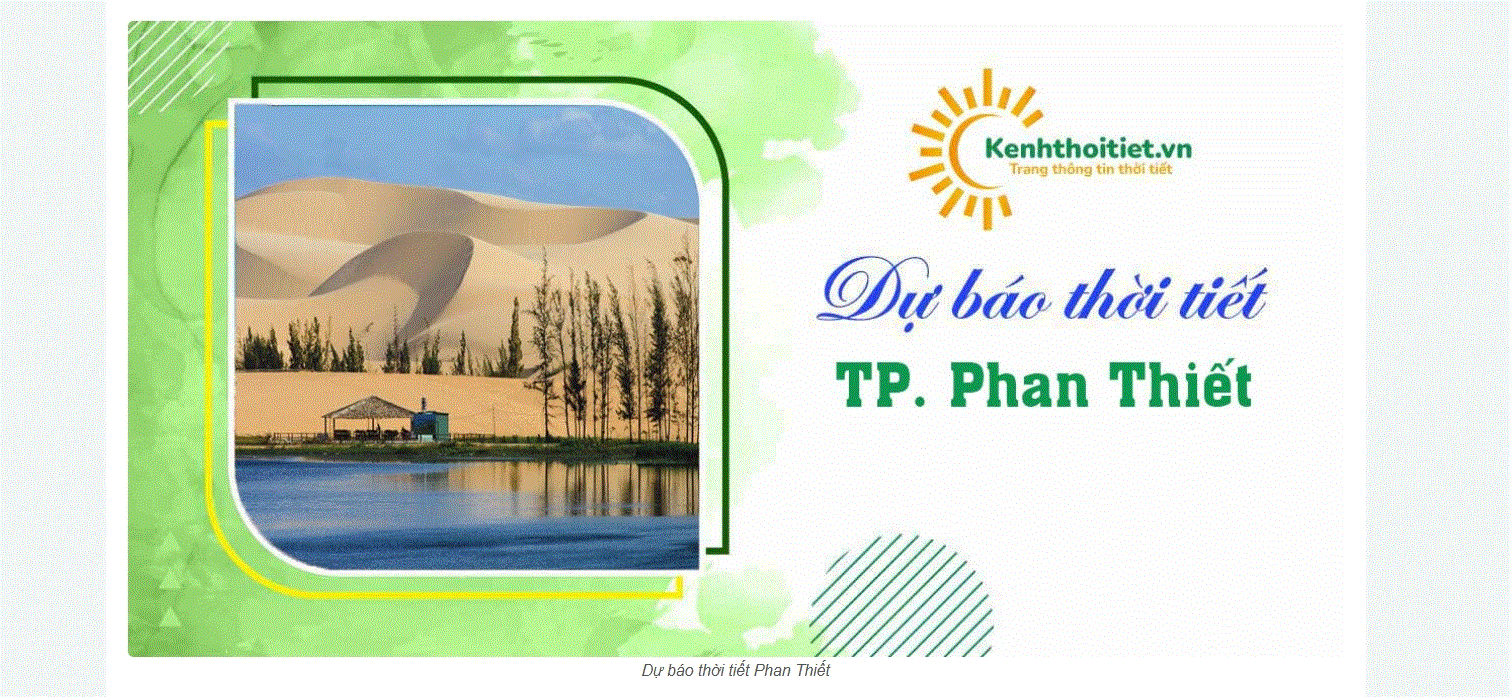

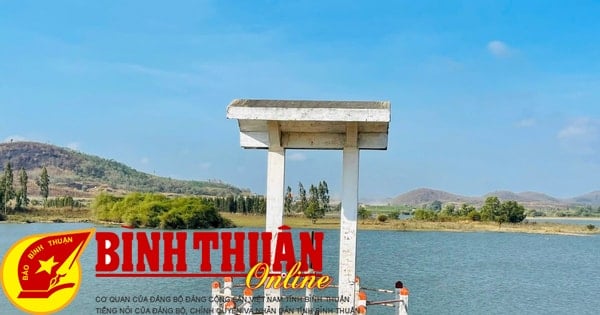

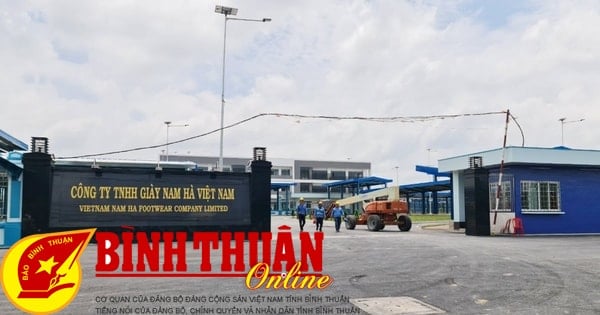

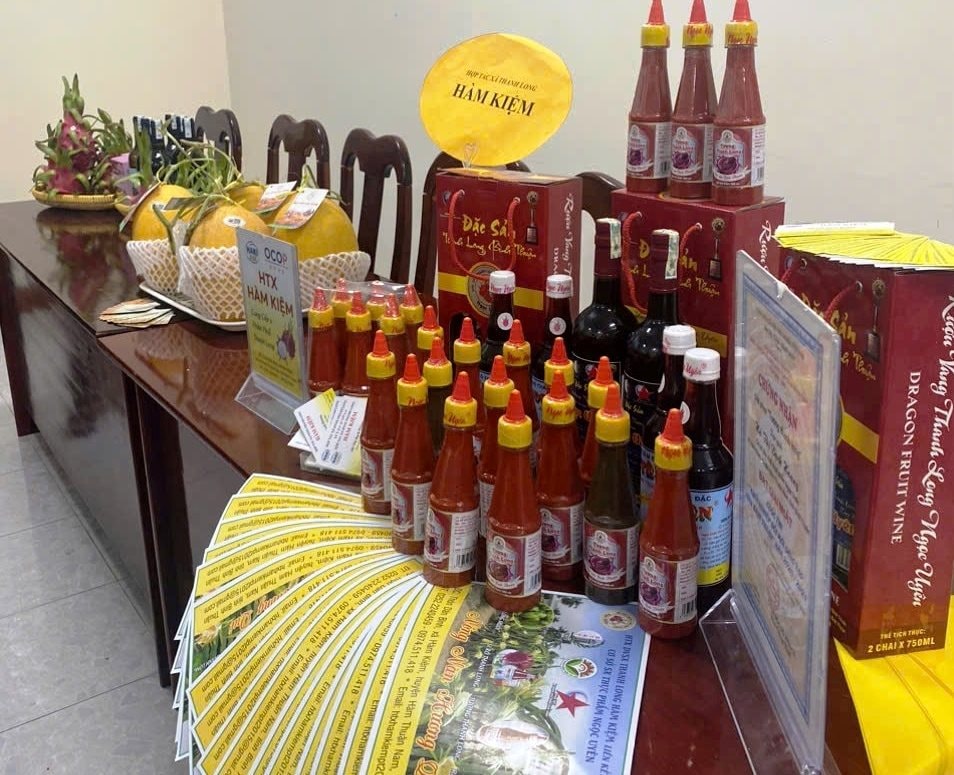
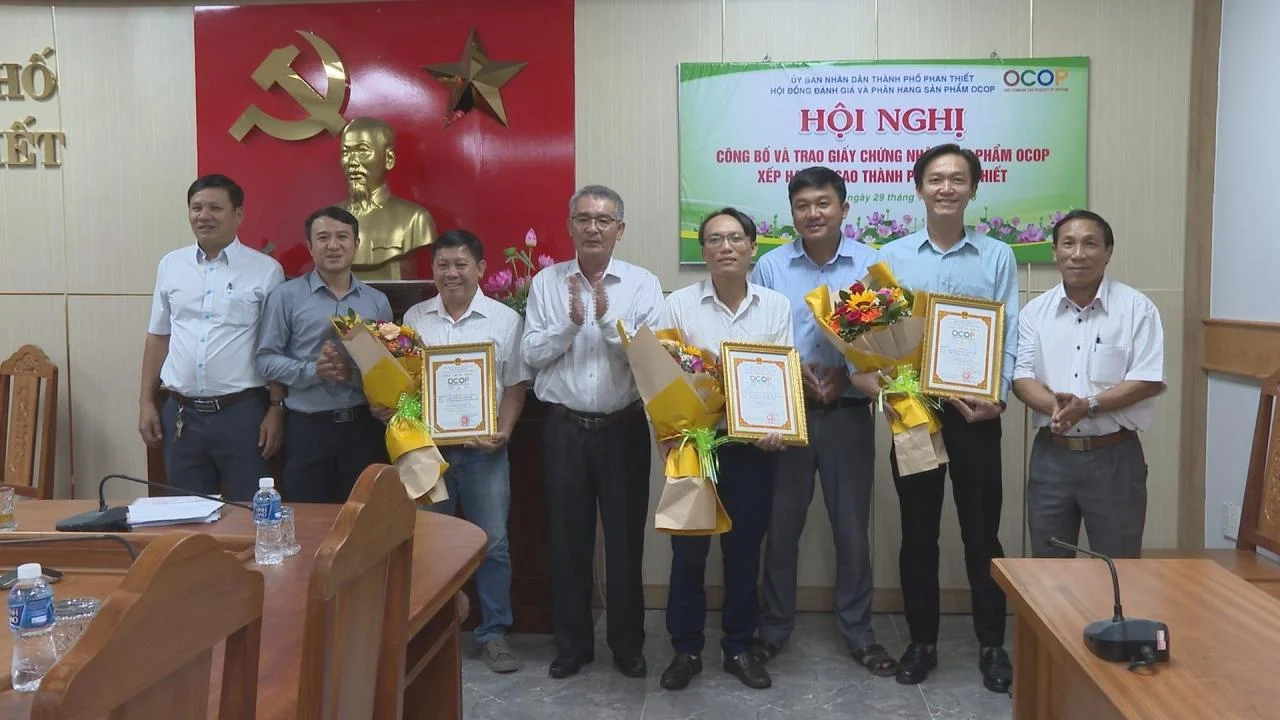
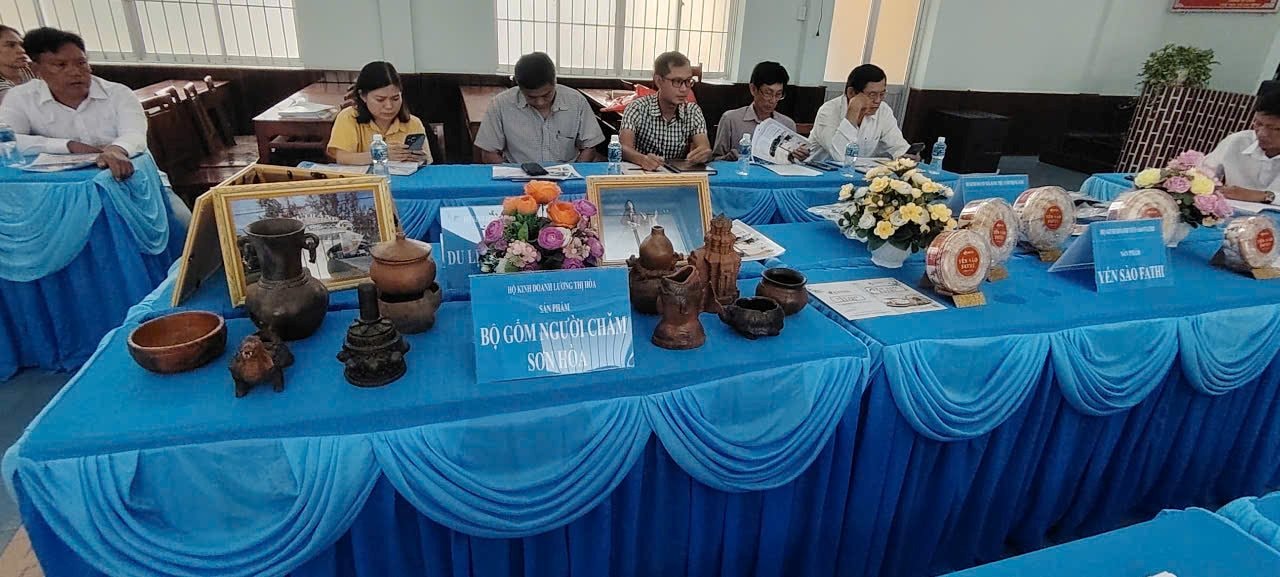



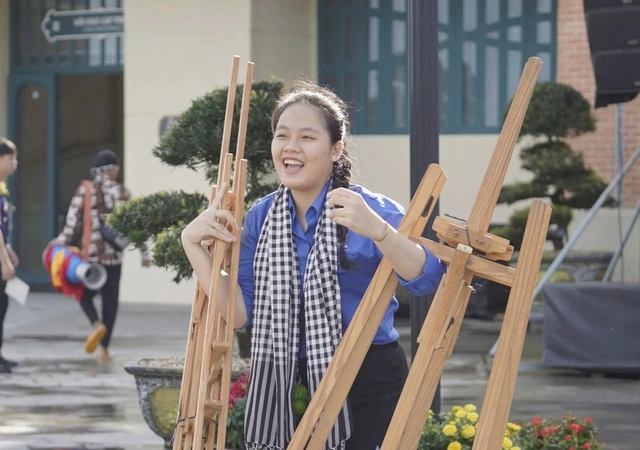













Comment (0)